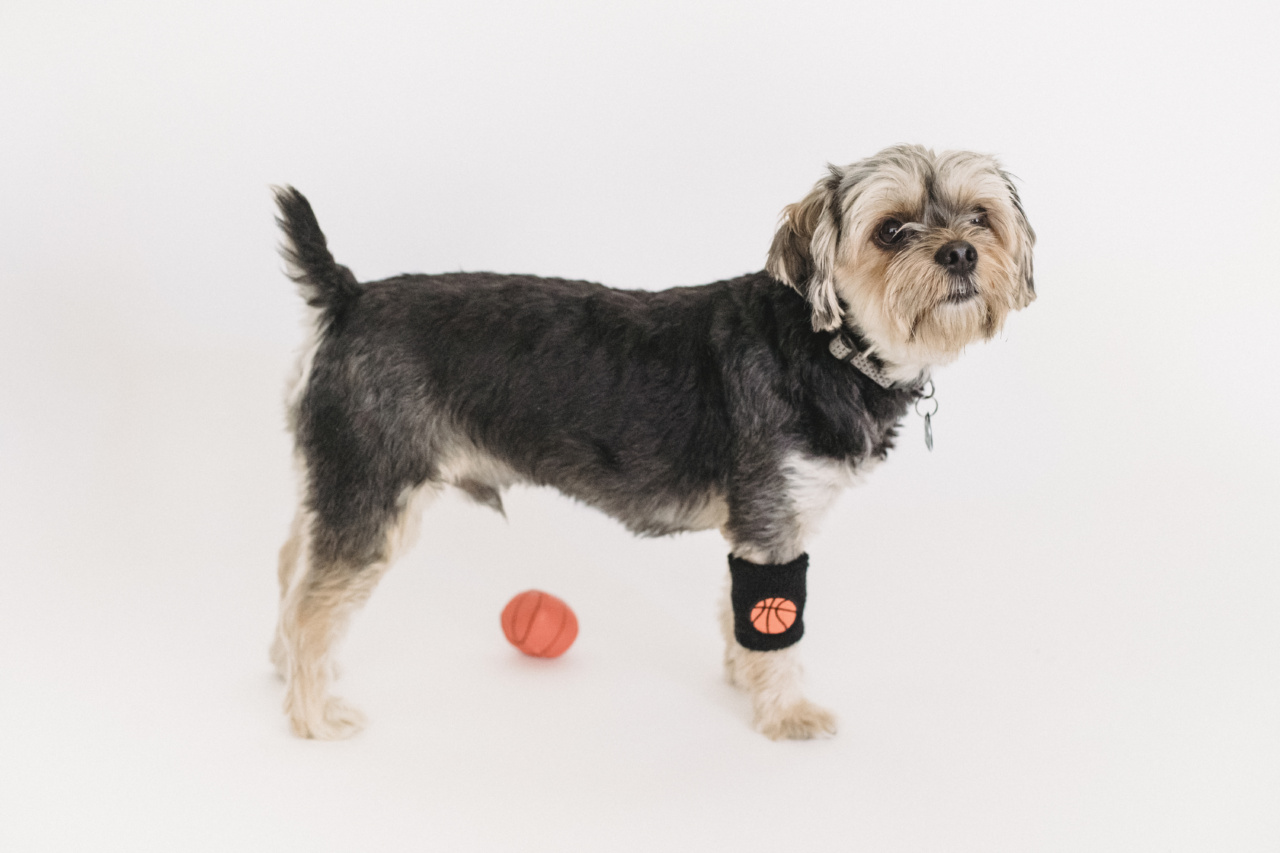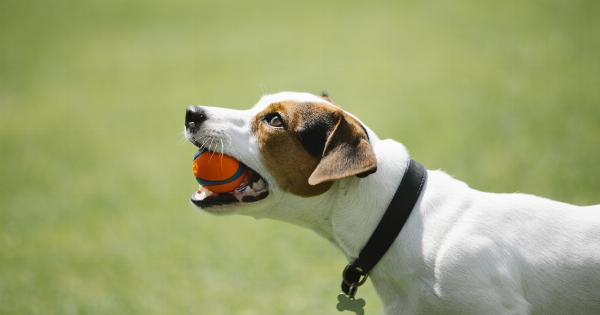Playing ball with your dog can be a great way to keep them active and engaged. Not only is it a fun game, but it also provides much-needed exercise for your furry friend.
Some dogs naturally have a love for the game of fetch, while others may need a little more encouragement to get interested. In this article, we will explore different ball games for dogs and provide tips on how to spark their interest.
1. Introduce the Ball as a Toy
Before you can start playing ball games with your dog, you need to introduce the ball as a toy. Make sure you choose a ball that is suitable for your dog’s size and breed. Start by letting your dog sniff and investigate the ball.
You can even roll it gently on the ground to pique their curiosity. Encourage your dog to interact with the ball by using positive reinforcement, such as treats or praise.
2. Teach the Game of Fetch
Playing fetch is one of the most popular ball games for dogs. To teach your dog the game of fetch, start in a small, enclosed area. Throw the ball a short distance and encourage your dog to retrieve it.
When your dog brings the ball back to you, reward them with a treat or praise. Repeat this process several times, gradually increasing the distance of the throws. With practice, your dog will learn to chase and retrieve the ball.
3. Make It Challenging
To keep your dog interested in ball games, make the game more challenging. Instead of throwing the ball in a straight line, try throwing it in different directions.
This will engage your dog’s natural hunting instincts and make the game more exciting for them. You can also hide the ball in different locations and encourage your dog to find it. This adds an extra element of mental stimulation to the game.
4. Use Interactive Ball Toys
If your dog is not interested in the traditional game of fetch, you can try using interactive ball toys. These toys are designed to dispense treats when your dog interacts with them.
Simply place a few treats inside the ball toy and let your dog figure out how to get them. This adds a level of puzzle-solving and mental engagement to the game, making it more appealing for dogs who are not naturally interested in chasing a ball.
5. Incorporate Training Exercises
Ball games can also be an opportunity to incorporate training exercises into your dog’s routine. For example, you can teach your dog to sit and stay before you throw the ball.
This helps reinforce basic obedience commands while keeping your dog engaged in the game. You can also use the game of fetch as a reward for good behavior, further motivating your dog to participate.
6. Play with Other Dogs
If your dog enjoys being social, consider organizing playdates with other dogs. Playing ball games in a group setting can be a lot of fun for dogs.
It not only provides them with physical exercise but also allows for socialization and interaction with other dogs. Just make sure the dogs get along well and supervise the playtime to ensure everyone’s safety.
7. Rotate Different Toys
Keep your dog’s interest in ball games by rotating different toys. Introduce a variety of balls with different textures, sizes, and shapes. Some dogs may prefer soft balls, while others may enjoy playing with squeaky or bouncy balls.
By offering a selection of toys, you can prevent your dog from getting bored and maintain their enthusiasm for the game.
8. Set Aside Regular Playtime
Consistency is key when it comes to getting your dog interested in ball games. Set aside regular playtime for you and your furry friend. Dogs thrive on routine, so establish a schedule that works for both of you.
This will help create a sense of anticipation and excitement for your dog, making them look forward to their playtime with you.
9. Use Positive Reinforcement
Positive reinforcement is an effective tool for getting your dog interested in ball games. Whenever your dog shows interest or participates in the game, reward them with treats or praise.
Dogs are motivated by rewards, so by associating the ball game with positive experiences, you can reinforce their interest and enthusiasm. Avoid using punishment or negative reinforcement, as this can have a detrimental effect on your dog’s willingness to play.
10. Be Patient and Persistent
Not all dogs will immediately take to ball games. It may take some time for your dog to get interested and engaged. Be patient and persistent in your efforts. Keep trying different games, toys, and techniques until you find what works best for your dog.
Remember, every dog is unique, and it’s important to tailor the game to their individual preferences and needs.





























